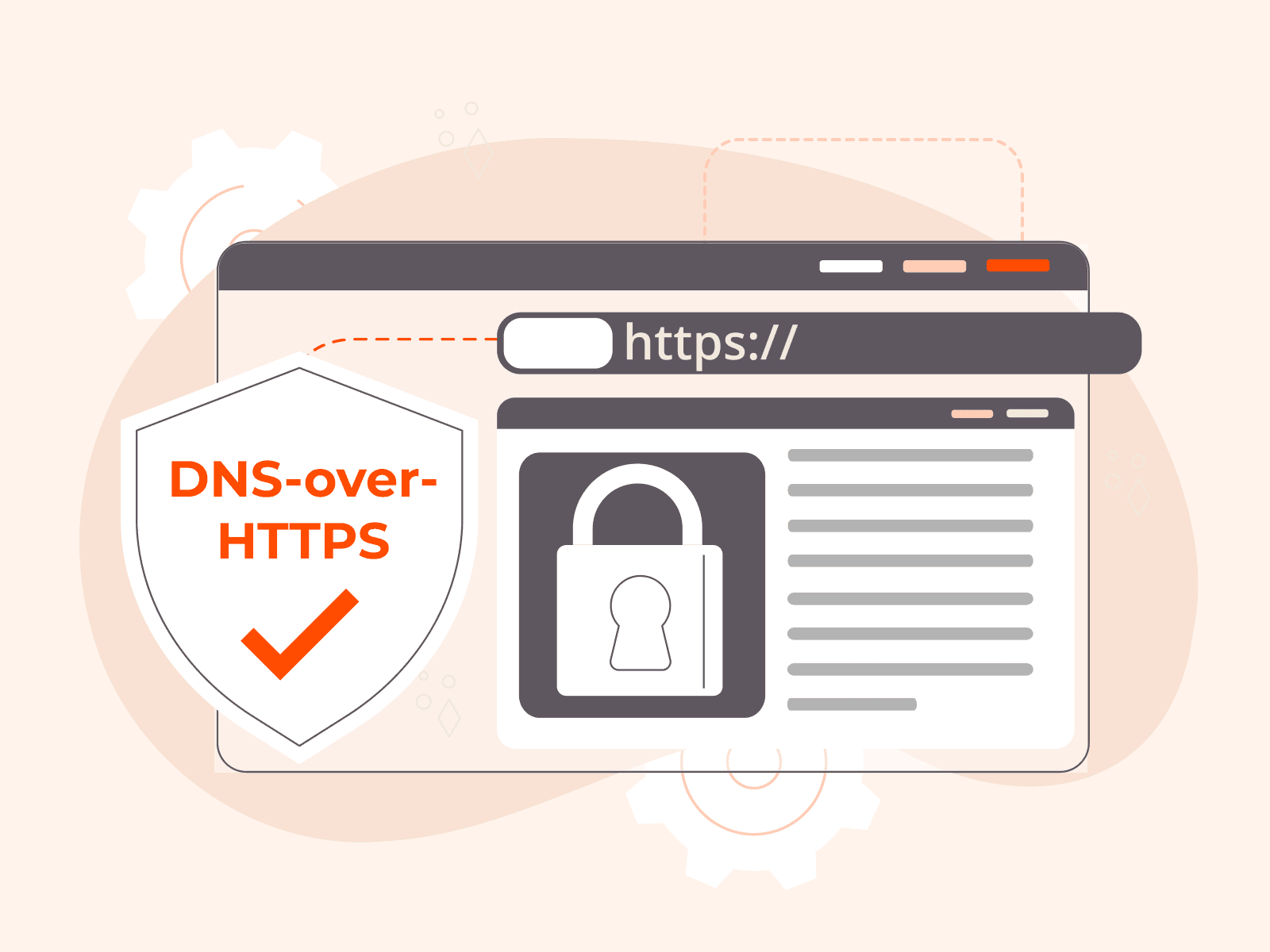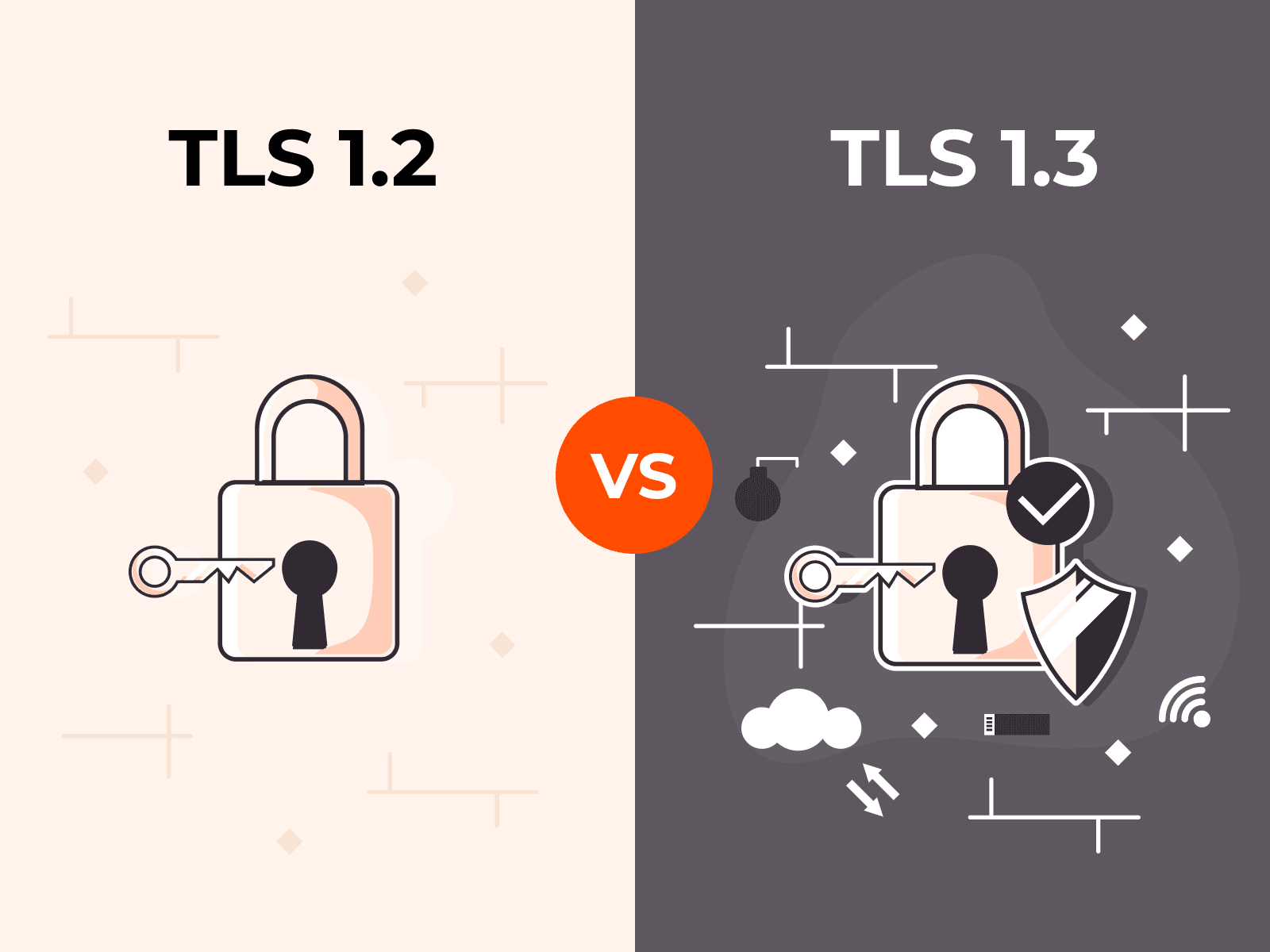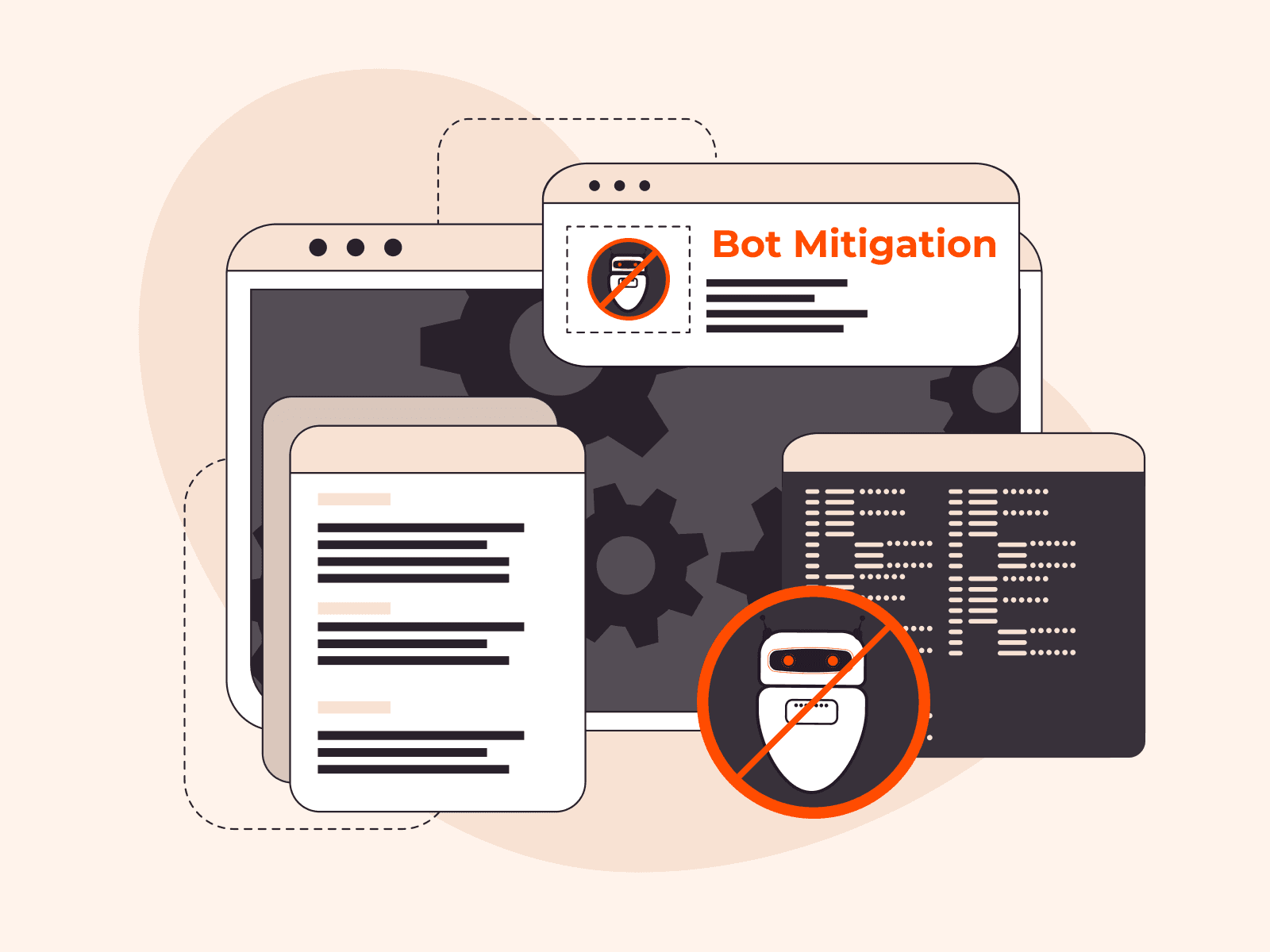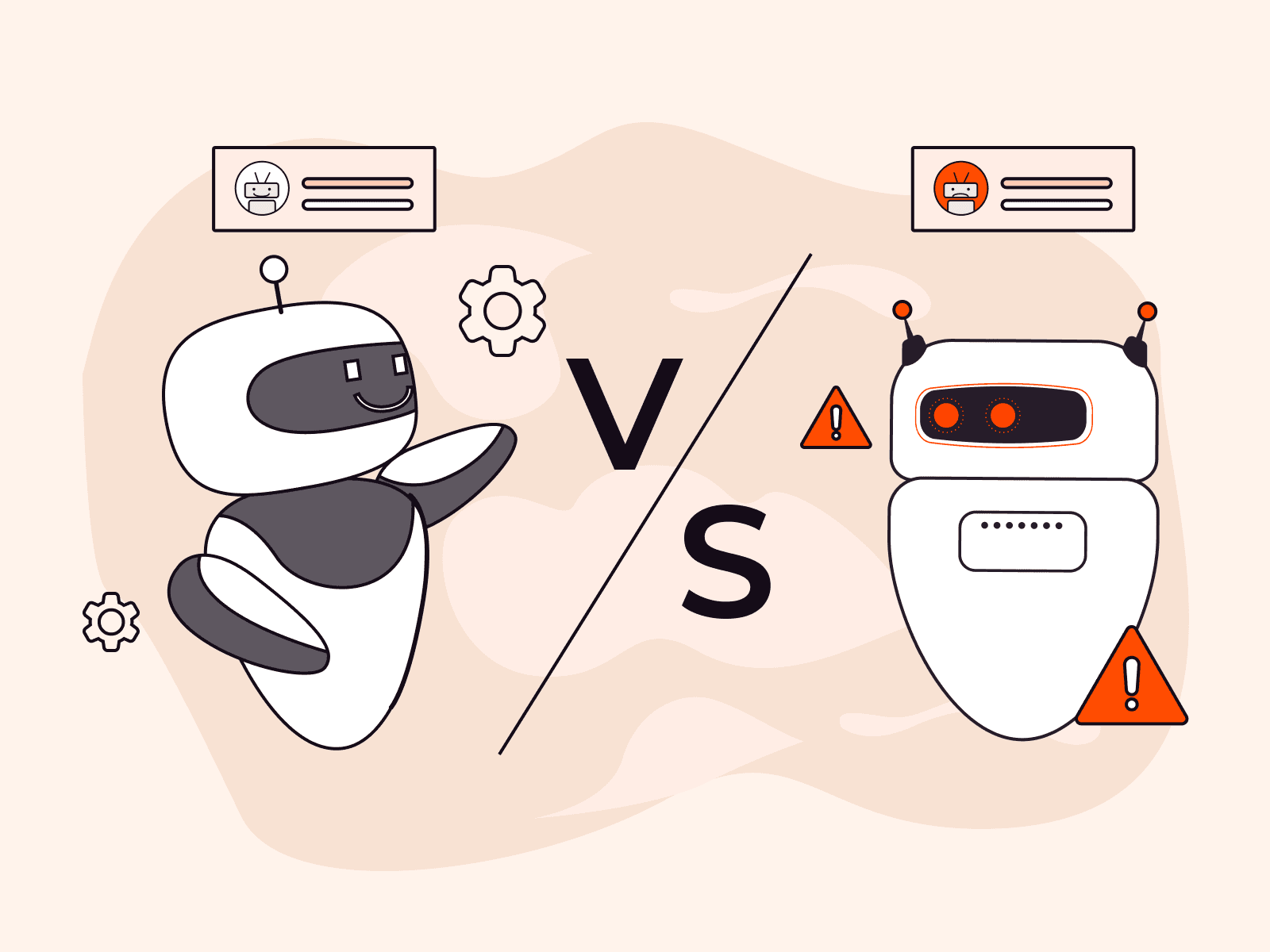The .htaccess file is a configuration tool that allows you to manage server behavior for individual directories. It can be used to improve your website’s search engine optimization, create custom error pages, and enhance security. Knowing how to use .htaccess effectively is important for webmasters and developers who want to protect their site from common threats. This article will guide you through the process of using .htaccess, covering key techniques such as URL redirection, enhancing security, and creating custom error pages.
What the .htaccess File Does for Website Security and Functionality
The .htaccess file, utilized primarily on Apache web servers, offers a wide range of functions to manage and enhance website behavior without needing to alter the server’s global configuration. Here are at least five uses of the .htaccess file:
- URL Redirection and Rewriting. It can redirect visitors from old URLs to new ones or implement user-friendly and search engine-friendly URL structures by rewriting URLs.
- Custom Error Pages. .htaccess allows the creation of custom error responses, such as 404 (Not Found) or 403 (Forbidden), enhancing the user experience by providing more helpful or branded error messages.
- Password Protection. It can secure specific directories with password protection, restricting access to selected areas of the website to authorized users only.
- Caching Control. By setting file expiry dates, .htaccess can control browser caching. This improves site speed for repeat visitors and reduces server load.
- Access Control. .htaccess can block or allow access to the website or specific parts of the website based on IP addresses, ensuring enhanced security or restricted access to certain areas.
These functions make the .htaccess file a versatile tool for website administration, offering control over many aspects of website behavior and security. In the next section, let’s take a look at how to use the .htaccess file.
Procedure to use the .htaccess File
Using the .htaccess file effectively requires understanding its syntax and knowing what you want to achieve with it. Here’s a step-by-step guide to some common uses of the .htaccess file, complete with long descriptions and sample outputs where applicable.
#1 Accessing the .htaccess File
First, you need to locate or create the .htaccess file. It’s usually found in the root directory of your website. If you’re using a shared hosting service, you can access it via the file manager in your hosting control panel or connect to your server via FTP.
- If the file exists. Be cautious when editing, as changes can affect your site’s functionality.
- If the file doesn’t exist. Create a new plain text file named .htaccess. Note that the name starts with a dot, indicating it’s a hidden file.
#2 Editing the .htaccess File
Edit the file using a plain text editor. Avoid word processors that may add formatting, as this can cause errors.
Example Use Cases and Steps
- Redirecting URLs. Redirect visitors from an old page to a new page.
Redirect 301 /oldpage.html /newpage.html- 301 indicates a permanent redirect, telling search engines the page has moved permanently.
- /oldpage.html is the path to the old page relative to the root directory.
- /newpage.html is the path to the new page.
- Custom Error Pages. Create a custom 404 Not Found error page.
ErrorDocument 404 /custom_404.htmlThis line tells the server to display /custom_404.html when a 404 error occurs.
- Password Protecting a Directory. Restrict access to a specific directory.
- Create a .htpasswd file with your username and password. You may need a tool to encrypt the password.
- In .htaccess, add:
- Replace /path/to/.htpasswd with the actual path to your .htpasswd file.
AuthType BasicAuthName "Restricted Area"AuthUserFile /path/to/.htpasswdRequire valid-user- Modifying PHP Settings. The goal is to change PHP memory limits. This increases the PHP memory limit to 256MB.
php_value memory_limit 256M- Preventing Directory Listing. This is used to prevent the server from listing the contents of directories.
Options -Indexes#3 Testing Changes
After making changes, always test your website to ensure everything works as expected. Incorrect .htaccess configurations can result in website downtime.
#4 Troubleshooting
If you encounter a server error after editing .htaccess, review your changes for typos or syntax errors. Sometimes, even a misplaced character can cause issues.
The .htaccess file is a powerful tool for managing your website’s behavior on an Apache server. With careful editing, you can enhance your site’s performance, security, and user experience. Remember to back up your .htaccess file before making changes, so you can easily revert back if necessary.
Conclusion
Developing with PHP and need an efficient cloud solution? Gcore’s offerings have you covered.
- Web Application Security enhances the security of your PHP applications by protecting them from web-based threats, ensuring a secure experience for your website’s visitors.
- Managed Database for PostgreSQL provides a hassle-free database management solution, making it easier to handle data-driven operations in your PHP applications.
- Virtual Instances.
- Bare Metal offers the ultimate in server power and performance with an entire server dedicated to your needs alone.
Related articles
Subscribe to our newsletter
Get the latest industry trends, exclusive insights, and Gcore updates delivered straight to your inbox.






